
Stretched too far: Advocates worry Worcester's new environmentally friendly building codes will hinder life sciences development
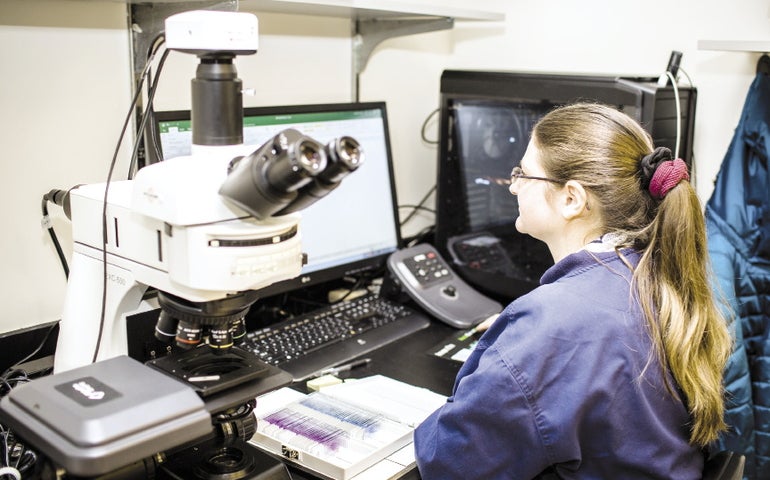 Photo | WBJ File
A technician works at the existing lab facility at Massachusetts Biomedical Initiatives, which was constructed before the passage of the specialized stretch codes.
Photo | WBJ File
A technician works at the existing lab facility at Massachusetts Biomedical Initiatives, which was constructed before the passage of the specialized stretch codes.
At the Sept. 26 Worcester City Council meeting, Massachusetts Biomedical Initiatives President and CEO Jon Weaver stood up to speak, surrounded by people with handmade signs supporting the adoption of specialized stretch codes, which are environmentally friendly building codes designed to reduce reliance on fossil fuels.
“We’ve done a lot of research into the code, and I think everyone agrees with the concept of going green,” Weaver said. “Our concern is it relates to the economic development efforts we’ve been trying to do in the city of Worcester as it relates to biotech.”
A woman holding a sign that read, “Delay is denial. Denial (arrow) disaster” shook her head in disappointment.
“The city of Worcester, for all of our collective efforts, is out of lab space,” Weaver said.
The best next step would be to create more lab space in the city, said Weaver, citing potential future developments at the Left Field Building adjacent to the Polar Park baseball stadium, Gateway Park around Prescott Street, and The Reactory off Belmont Street.
His concern is adopting the specialized stretch codes would place additional costs on developers building lab space because of specialized requirements for biotech and hospital developments. He asked for an exemption to be carved out for these industries so as not to dissuade developers from coming to Worcester.

The following speaker dismissed Weaver’s concerns, saying Boston and Cambridge have already adopted the codes and the biotech field is thriving there.
The Worcester City Council went on to approve adopting the stretch codes 10-1.
Worcester has been seeking to grow its life sciences industry, offering lower prices for lab and biomanufacturing space than in Greater Boston, as well as lower cost-of-living for the workforce. Industry advocates say adopting the opt-in specialized energy code will hinder biotech development in Worcester. John Odell, City of Worcester chief sustainability officer, disagrees, saying through currently available technology and subsidies, developers can actually lower their costs.
Specialized stretch codes
The specialized stretch codes are an optional extension of stretch codes enacted by the Commonwealth of Massachusetts as a step away from the use of fossil fuels. Including Worcester, 20 municipalities have adopted the specialized codes, as of Oct. 5.
“Buildings contribute 65% of total carbon emissions in the city,” Odell, wrote in an Aug. 22 letter to City Manager Eric Batista. “Incorporating the SSC will not only reduce future carbon emissions associated with the operation of these new buildings, but will also reduce energy costs, improve indoor air quality, and increase comfort of the user and/or occupants of those buildings.”
The codes require a residential dwelling of more than 4,000 square feet to be electrified. Multi-family developments in excess of 12,000 square feet must meet passive-house standards. New commercial construction must be either all-electric, meet passive house requirements, and pre-wire for electrification; or if they use a fossil fuel, they must meet all efficiency requirements, be pre-wired for future electrification, and use solar power on-site where feasible. Renovations or additions to existing buildings are exempt from the specialized stretch codes.
Feasibility for lab developments
Weaver has no problem with requirements for the building envelope to be properly sealed or that building be constructed electric-ready. His contention is using current technology electric HVAC systems cannot do their job in a lab under the standards imposed by the specialized stretch codes.
Biotech space, for safety reasons, must cycle out 100% of its air every 10 minutes. Weaver said a building’s temperature can be maintained when the outside temperature is down to 20 degrees, but below 20 degrees, the building needs a gas-powered system. He said having systems that can maintain interior temperatures down to negative 4 degrees could add 10% to 15% to a project’s cost.
“The way the code’s written,” said Weaver. “It’s just asking for a technological standard that’s just not ready yet, and there’s going to be some casualties in the period until that technology advances.”
The Massachusetts Biotechnology Council, which is a nonprofit group advocating for life sciences companies and development, said meeting stretch code requirements is not always feasible for life sciences.
“Our members always have sustainability on their minds, including energy efficiency,” MassBio spokesman Ben Bradford said in an emailed statement. “That said, the nature of their life-saving work requires energy consumption that may not yet be feasible through renewable energy resources.”
While stretch codes developments have the option to be gas powered, they must make an effort to add solar power to the development. That is something that Weaver says is difficult because the HVAC requirements on the roof leave little space for solar panels.
The Mass. Department of Energy Resources does not allow for individual municipalities to make carveout for life sciences or any other industry. However, the codes do have different standards for high-ventilation buildings like labs and hospitals, where the efficiency requirements aren't quite as high.
Odell said developers can get an exemption if solar is too much of a hardship, but Weaver contends that exceptions are not easy to come by, as they tend to be reserved for external factors like another building casting a shadow on the new construction.
Odell sympathized with Weaver, but says there is a path forward to sustainability which need not be costly.
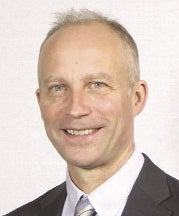
“It’s a concern that’s very real,” Odell said, “But, there are options that won’t break the bank and will allow companies to meet the indoor air quality standards.”
Odell said a piece of machinery called a dedicated outdoor air system (DOAS) operates in conjunction with a building’s HVAC system to precondition air using energy from the building’s exhaust air before it gets to the HVAC system, reducing the demand. The effectiveness of these systems have increased from 40%-50% three years ago to about 75% effective today.
At this point, a DOAS system is standard on buildings with high-ventilation requirements, said Adam Jennings, a partner at AHA Consulting Engineers in Burlington. Recapturing exhaust energy is key to conserving energy. He added a newer technology, an exhaust-source heat pump, is also proving valuable in saving energy in buildings that move a lot of air.
Cost of building in a developing market
Weaver is concerned about controlling costs because one of the advantages Worcester has over Greater Boston area is less expensive rents. If developing lab space costs more, then developers will need to charge tenants more.
“The concern that we have is that in Boston they’re charging around $100 a square foot and up for lab space, and you still can’t find it,” Weaver said. “They’re building 10 million square feet of new lab space. In that type of marketplace, you can put these requirements in, and the market has the elasticity to support it.”
In Worcester County, lab space goes for $30-$45 per square foot, according to MassBio, making the economics tough for developers.
In April, Philip DeSimone of Worcester real estate brokerage Kelleher & Sadowsky Associates said there is existing economic pressure on development west of Interstate 495.
“Investors and developers are saying, ‘If I were to build a building, say on 495 or in Worcester, I need $60 to $70 rents just to make the math work,’” said DeSimone.
MassBio sees a need to expand the biotech industry into regional clusters outside of the Metro Boston area and is doing all it can to help communities grow these clusters, Bradford said.
“For Worcester, a city looking to further create an environment in which life sciences companies can scale but lacking supply of any move-in ready or planned stock, adding new regulations will only dissuade the development their emerging sector so badly wants,” he said.
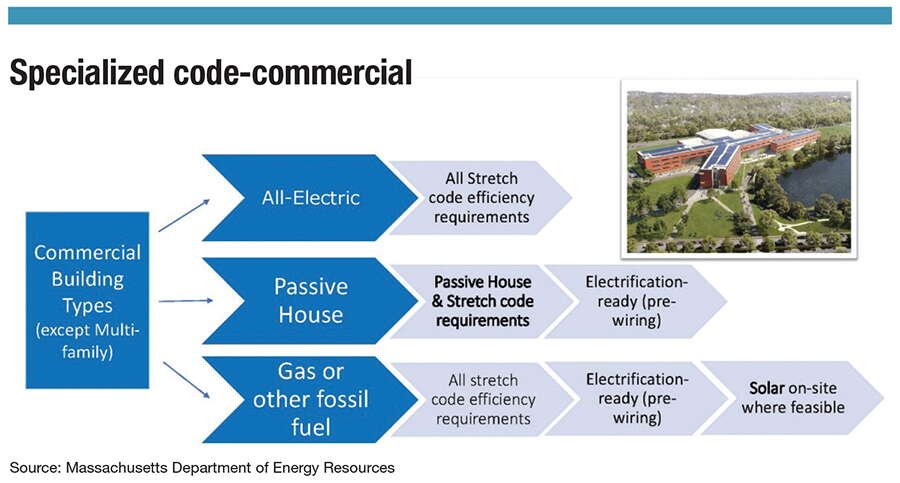
Odell disagrees the upfront costs of development are higher because of the codes and goes further to say that Massachusetts Department of Energy Resources studies show the operating costs for the building are actually lower under the new standards.
Upfront costs are the same or lower when one considers incentives from utility companies, as well as state and federal incentives, Odell said.
Under the new codes, developers in Worcester gain experience building under these new standards, which is valuable in itself because other municipalities will eventually adopt the higher-standard codes, Odell said. Developers with experience building under these standards will have an advantage going forward.
Eventually, everyone will get to an all-electric standard, Jennings said. The specialized stretch code forces developers to prepare for this, but it is up to them if they want to go fully electric now or wait until the technology develops further.
WBJ Web Partners
Biotech companies do not deserve special exceptions ... Their presence in the city is bringing in more people who can pay higher rents than native Worcester residents.



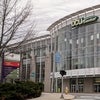

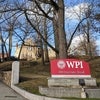
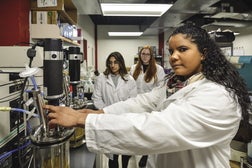


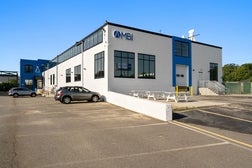



1 Comments